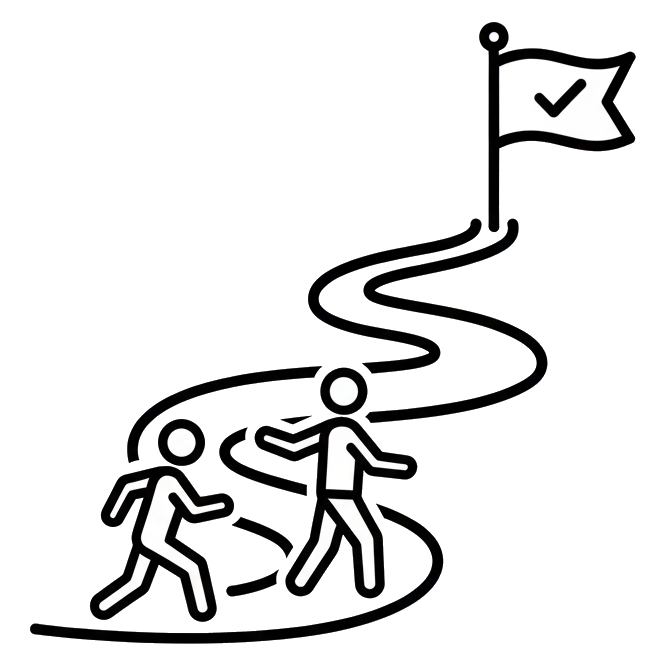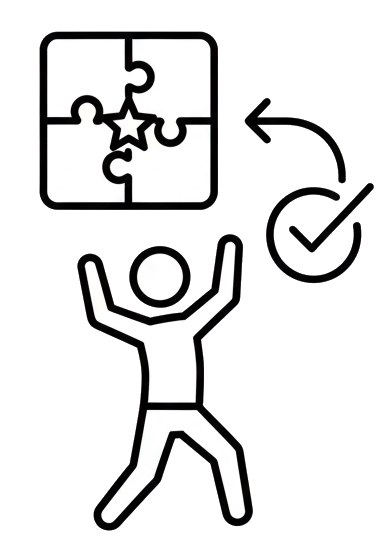If You Give a Kid a Real-World Problem
If you want to engage students, offer them a real-world problem to solve! (See my blog: “If You Give a Kid a Real-World Problem.”) A compelling problem will drive them into the curriculum; they’ll have a “felt need” to learn! And in our technologically advanced world, they can research possible solutions, learning the curricular content along the way, through web searches and AI.
However, how do you know students are learning what they need to learn, based on the curriculum? And how do you know they’re really learning? Even though students are engaged and “off and running,” teachers must facilitate!
Don’t Grade the Learning
Consider this . . .
Students are working on a solution for an alternative fuel source to power AI data centers. They are working collaboratively, talking through what they know and what they need to learn, accessing resources, working out a solution they want to present.
The teacher is moving around the room, asking questions, offering explanations, pointing students to resources, leaning into those teachable moments, helping students who are struggling, challenging those who may find easy answers, and on and on. The teacher is actively facilitating learning! Once the solutions are devised and presented, would grading them provide an accurate assessment of student learning? A resounding no! Grading them would provide an accurate assessment of the teacher’s effectiveness as a facilitator.

Enter, the transfer task — to determine if students can transfer the learned content to another situation. Now, students work independently in a timed situation to solve a real-world problem. As with PBL, there’s no one right answer; a rubric with curricular criteria is used to assess student content mastery.

Potato, Potahto: What’s in a Name?
The term Performance-Based Assessment simply means you are having the student complete a performance: the solution to the problem. And you are using that performance to assess the student’s content mastery. It will most likely be a problem-based task. It’s just that when you use PBL for instruction, the teacher is very involved, facilitating and providing direct instruction. When you use PBL for assessment, the student works independently to demonstrate mastery. Here’s a chart to sum up the similarities and differences:
| Problem-Based Learning | Performance-Based Assessment |
| Real-world problem to solve | Real-world problem to solve |
| Open-ended, with no one right answer | Open-ended, with no one right answer |
| Driven by an analytic rubric that offers an incremental roadmap for success | Assessed by a holistic rubric that produces the same score no matter how many different people assess the work |
| Best completed collaboratively | Completed independently |
| Students work through the problem using a variety of resources | Students complete the assessment without resources |
| Facilitated by the teacher to ensure learning | No help given to students during assessment process |
| 2 to 5 weeks, depending on grade level | 30 to 60 minutes |
Where to Start
Performance-based assessment is strengthened through the use of problem-based learning as an instructional approach. Plus, PBL prepares students for the world ahead of them, focusing on durable skills, leveraging AI, synthesizing, analyzing, and creating. When they then have an open-ended, real-world problem as an assessment, it feels somewhat familiar, and it’s their opportunity to show what they know!
IDE Corp. provides professional learning experiences in problem-based learning to be used for instruction or assessment:
- – School-wide on-demand professional learning experience (PLE) to build a culture of professional learning around “Teaching Through Problem-Based Learning.”
- – Individual Virtual Learning Community engagement on problem-based learning through a five-week online, facilitated course.
Contact us at solutions@idecorp.com to brainstorm with you as to how we can help you achieve your performance-based assessment / teaching through PBL goals!
